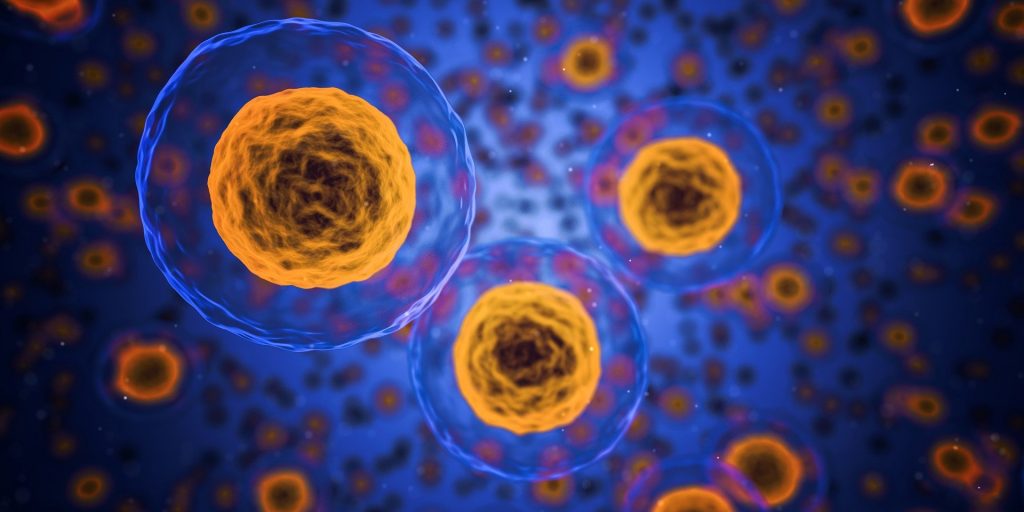India may witness COVID-19 cases peaking between June 21 and 28 with maximum daily positive cases to be around 7,000-7,500 in this period, a study conducted by Nandadulal Bairagi, Professor and Coordinator Centre for Mathematical Biology and Ecology (CMBE), Jadavpur University, and five other researchers.
The study was based on a mathematical model approved by the Science and Engineering Research Board (SERB) of the Government of India.
It had taken the help of deep machine learning algorithms along with a mathematical model for analysing and forecasting the COVID-19 pandemic in India with data being taken from the https://www.covid19india.org/state website.
The study has predicted that confirmed COVID-19 cases reported daily will show a rising graph till the end of June.
According to the research, with measures in place and increased testing, a gradual flattening of the trajectory is expected within October.
“We divided the population of a designated geographical area into seven compartments based on the epidemiological class of Covid-19 and WHO prescribed minimum requirements of infection prevention and control (IPC) strategy to reduce transmission,” Bairagi said.
Bairagi said, the total number of infected persons since the outbreak of coronavirus in the country “will touch the five lakh figure in first week of October and it will then start showing a perceptible declining trend.”
One of the factors for this high number could be a large number of asymptomatic persons roaming around with each having the potential to transmit the infection to two-three more persons “Just think of it.
The contamination was contained after 76 days of lockdown in Wuhan, the origin point of the coronavirus pandemic. But we in India are witnessing a spike in active cases despite the lockdown nearing two months in few days time,” he said.
In the absence of any specific drug and vaccine, India must continue its nationwide lockdown to prevent person-to-person transmission of coronavirus while looking for ways to start economic activities, the senior researcher said.
“Public transport must be avoided due to difficulties in contact tracing, random testing has to be increased and time for diagnosis has to be reduced for early detection….”
Strict surveillance must be continued after partial withdrawal of lockdown to avoid the second wave of COVID-19,” he said. Asked about their observation on difficulty in contact tracing in case of contamination in public transport, he explained.

